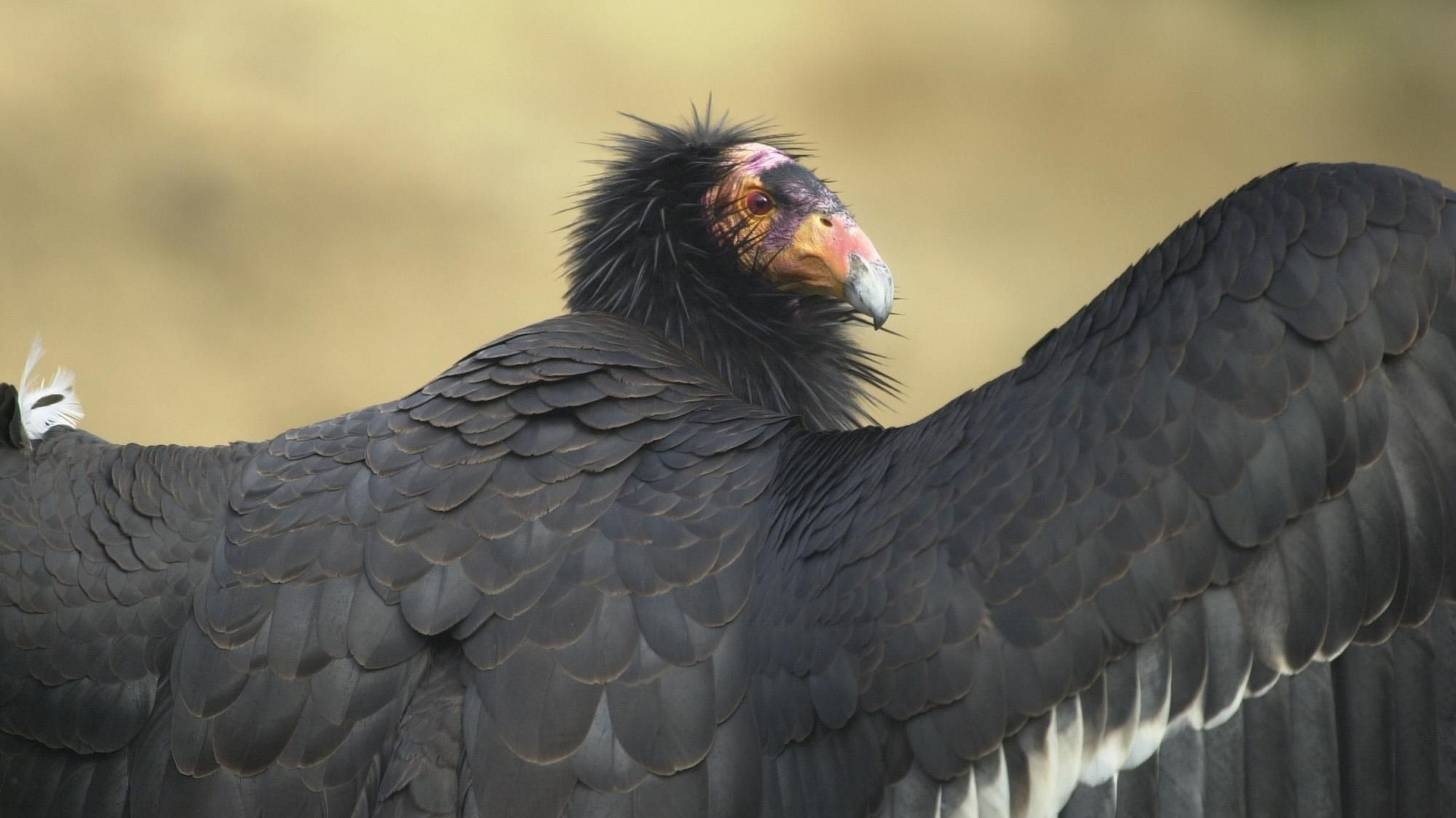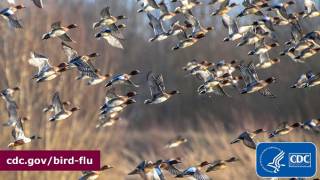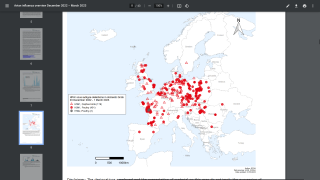Bird Flu Continues Culling America's Largest Bird

Health officials fear America’s largest birds may become extinct because the highly contagious influenza A H5N1 virus (bird flu) continues to spread.
Recently, the U.S. Fish & Wildlife Service (USFWS) confirmed 20 California condors have died.
With a total world population of just 561 birds, these 20 deaths represent a significant loss.
As of May 2, 2023, the good news is that four condors are being treated at Liberty Wildlife in Phoenix, Arizona, and are showing signs of improvement.
The USFWS previously reported there were only 22 surviving wild condors in 1982.
The California Condor Recovery Program exemplifies how a species can be brought back from the brink of extinction.
Unfortunately, the ongoing Highly Pathogenic Avian Influenza (HPAI) outbreak has eliminated over 58 million birds in North America since December 2021. Over the past two years, HAPI infections have been confirmed in bald eagles, wild geese, ducks, chickens, and turkeys.
In addition to birds, HAPI infections have been confirmed in mammals throughout North and South America in 2023.
Various reports have identified bears, cats, dogs, foxes, and water mammals, such as seals.
The U.S. Centers for Disease Control and Prevention (CDC) reaffirmed that the overall risk to human health associated with the ongoing A(H5N1) outbreaks in wild birds and poultry has not changed and remains low.
However, the CDC published on April 17, 2023, a summary of a bird flu case and the genomic analysis of the virus from the first H5N1 infection reported in a human in Chile.
Globally, eleven human influenza A H5N1 2.3.4.4b infections have been recently reported during 2022-2023.
While no bird flu vaccines are available for birds and mammals, there is one U.S. FDA-approved vaccine for Avian Influenza H5N1.
The FDA initially approved Audenz™ in 2020, and it remains under government control.
Other avian influenza vaccine candidates are under development as of May 2, 2023.
Our Trust Standards: Medical Advisory Committee
























